The BBC conducted a survey in 2002 to establish whom the general public believed to be the all time 100 Greatest Britons. Sir Winston Churchill ranked 1st place, Isambard Kindom Brunel, 2nd place, Diana Princess of Wales as 3rd place, Charles Darwin 4th place, William Shakespeare 5th place and Sir Isaac Newton at 6th Place.
There will be many celebrations planned for February 12, 2009 in honour of Darwin’s 200thbirthday and Conway Stewart is proud to acknowledge the life and work of Charles Darwin through the limited production of this beautifully hand painted Darwin edition. Charles Darwin was a British scientist who published the fundamentals of the theory of evolution which gave us thought for consideration into how we feel about the natural world.
Charles Robert Darwin was born on February 12,1809 in Shrewsbury, Shropshire, England into a affluent and well-connected family. He was the fifth of six children of wealthy society doctor and financier Robert Darwin, and Susannah Darwin , the daughter of Josiah Wedgwood. Wedgwood
was an innovative designer, a successful manufacturer of high-quality pottery and a campaigner for social reform. Charles Darwin was the grandson of Erasmus Darwin on his father’s side, are nowned English physician who was one of the leading intellectuals of the 18th century and a founder member for the Lunar Society, a dinner club comprising intellectuals, revolutionary industrialists, and natural philosophers.
It is documented that Darwin was first educated by his sister before attending Revd. Case’s grammar school in Shrewsburyas a day-scholar. From a very early age Darwin was reserved in manner, had a kind disposition, and was a shy student. At the age of nine, his father sent him to Shrewsbury School (formally known as King Edward VI Grammar School, Shrewsbury), an independent school, located in Shrewsbury, Shropshire, England. Through the dedicated work of the headmaster Reverend Samuel Butler, this school became one of the leading schools of England. Although the school was located barely a mile from his father’s home, Darwin was a boarder and spent seven years in attendance.
“Nothing could have been worse for the development of my mind than Dr. Butler’s school, as it was strictly classical, nothing else being taught except a little ancient geography and history. The school as a means of education to me was simply a blank. … Much attention was paid to learning byheart the lessons of the previous day; this I could effect with great facility learning forty or fifty lines of Virgil or Homer, whilst I was in morning chapel; but this exercise was utterly useless, for every verse was forgotten in forty-eight hours. I was not idle, and with the exception of versification, generally worked conscientiously at my classics, not using cribs. The sole pleasure I ever received from such studies, was from some of the odes of Horace, which I admired greatly. When I left the school I was for my age neither high nor low in it; and I believe that I was considered by all my masters and by my Father as a very ordinary boy, rather below the common standard in intellect”. (C. Darwin. 1958: 27–28)
Darwin, Charles. 1958. The Autobiography of Charles Darwin, 1809–1882
Nora Barlow, ed. New York, W. W. Norton & Co.
Darwin showed little passion for scholarship and in 1825, at the age of sixteen his father, Robert, took him out of Revd. Butler’s school and declared to him that he “cared for nothing but shooting, dogs, and rat-catching, and you will be a disgrace to yourself and all your family “. Darwin left Butler’s school and spent the summer as an assistant in his father’s medical practice treating the poor, children and women.
In October 1825 Darwin entered the University of Edinburgh to study medicine, but loathed the sight of blood, and this is said to have prevented him from pursuing a medical career. Two years later, he was transferred to Christ’s College of the University of Cambridge with the intention of studying to become an Anglican clergyman, a very respectable profession in the early 1800’s. Darwin did not take his studies seriously and only attended a few of the compulsory lectures. He was easily distracted and preferred again to focus his past time on his love for shooting, riding, playing cards and reading.
While at Cambridge Darwin took up a new hobby with a passion — beetle collecting with his cousin, William Fox, who was also attending Cambridge. Fox introduced Darwin to entomology and taught him a great deal about insect classification and how to work in the field. He invited Darwin to one of Prof. Revd. John Henslow’s dinner parties and personally introduced Darwin to Henslow. Through the informal lessons on all matters of science given during these dinner parties, Darwin saw Henslow, Professor of botany, as one to emulate and in Darwin’s third year at Cambridge Henslow became his tutor in math and theology. Darwin blossomed under Henslow and became known as ‘The man who walks with Henslow’. Henslow helped Darwin to realise he had the potential to be a naturalist. After expressing interest to Henslow that Darwin wanted to explore the Canary Islands, Henslow introduced him to Professor Adam Sedgwick, Professor of Geology. Darwin attended many of Sedgwick’s geology lecturers in addition to an excursion to the Canary Islands and a geological tour of North Wales. The knowledge Darwin gained turned out to be invaluable and Henslow recommended him as a suitable naturalist for the unpaid companion to Robert FitzRoy, the Captain of HMS Beagle for an expedition to chart the coastline of South America. Darwin’s father objected stating it as a waste of time, but was persuaded by his brother-in-law, Josiah Wedgwood.
The H.M.S. Beagle
survey mapping of the coast of South America took three voyages over the course of five years (1831–36). The voyage was originally planned for two years and lasted five, during which Darwin kept meticulous notes and sent back geologic and biologic specimens.
On Dec. 27, 1831, Charles Darwin sailed out of Plymouth harbour on H.M.S. Beagle with a crew of seventy-three men however, he became seasick almost immediately and started to have second thoughts about the voyage. While aboard the vessel, Darwin served as a geologist, botanist, zoologist, and general man of science. He documented a large variety of geological features, fossils and living organisms, and meticulously collected a vast quantity of specimens. During the expedition he sent thousands of specimens to Cambridge with letters detailing his conclusion. His comprehensive notes illustrated his strength for theorising and lay ground for the foundations for his later work for three books on South American geology. Titled, The Voyage of the Beagle the journal was written for his family recapitulate his findings and offered a societal, political and anthropological insights into the variety of native and colonial people he met during his travels.
“When on board H.M.S. Beagle as naturalist, I was much struck with certain facts in the distribution of the organic beings inhabiting South America, and in the geological relations of the present to the past inhabitants of that continent. These facts, as will be seen in the latter chapters of this volume, seemed to throw some light on the origin of species- that mystery of mysteries, as it has been called by one of our greatest philosophers. On my return home, it occurred to
me, in1837, that something might perhaps be made out on this question by patiently accumulating and reflecting on all sorts of facts which could possibly have any bearing on it. After five years’ work I allowed myself to speculate on the subject, and drew up some short notes; these I enlarged in 1844 into a sketch of the conclusions, which then seemed to me probable: from that period to the present day I have steadily pursued the same object. I hope that I may be excused for entering on these personal details, as I give them to show that I have not been hasty in coming to a decision”.
(Darwin’s opening paragraph to The Origin of Species, 1859 )
Darwin brought many of his own books to enhance the ship’s library, one of which made a profound impact on his life being the first volume
Principles of Geology
by Charles Lyell. Lyell stated that fossils found in rocks were in fact confirmation of animals that lived thousands and/or millions of years in the past. Lyell’s case was further confirmed in Darwin’s mind from the sights obtained during his voyage.
Darwin returned to England on October 2, 1836. After spending time with his family, he rushed to Cambridge to see Henslow and other geologists, zoologists and botanists who were intrigued by the specimens Darwin had collected. He spent the next decade writing about his discoveries and during this time, he kept thinking about the origin of species and opened his first notebook on the topic in 1837. While never far from controversy, both at the time of publication as well as through modern day, Charles Darwin’s
The Origin of Species has had an incalculable impact on modern thought.
The Conway Stewart Charles Darwin Edition is based on our flagship Churchill model, the classical flattop cap and barrel featuring a vivid depiction of Charles Darwin’s life and portrait.
The painstakingly applied paintwork depicts the face of Darwin from his later years, while the barrel is wrapped with scenes drawn from his life’s work. The artwork is meticulously applied by hand to each pen individually, and signed by the artist.
The Conway Stewart Charles Darwin is fitted with our 18K solid gold nib, available in a choice of eight nib grades, from Extra Fine to Double Broad, Italic Fine, Italic Medium and Italic Broad. The Darwin utilises the reliable cartridge converter filling mechanism and is housed in the luxury Conway Stewart presentation case.
The Darwin Edition embodies every aspect of Conway Stewart’s long tradition of quality English craftsmanship, the riche bony acrylic cap and barrel are perfectly set off with gleaming accents of solid 18K gold bands on the cap top and barrel. The distinctive Conway Stewart styled clip is high on the cap, allowing the Darwin Edition to ride proudly in the pocket. Asa limited edition, we have taken every effort to ensure that the Conway Stewart Charles Darwin is not only a pen to treasure for it’s artistry, but one to appreciate in everyday use!




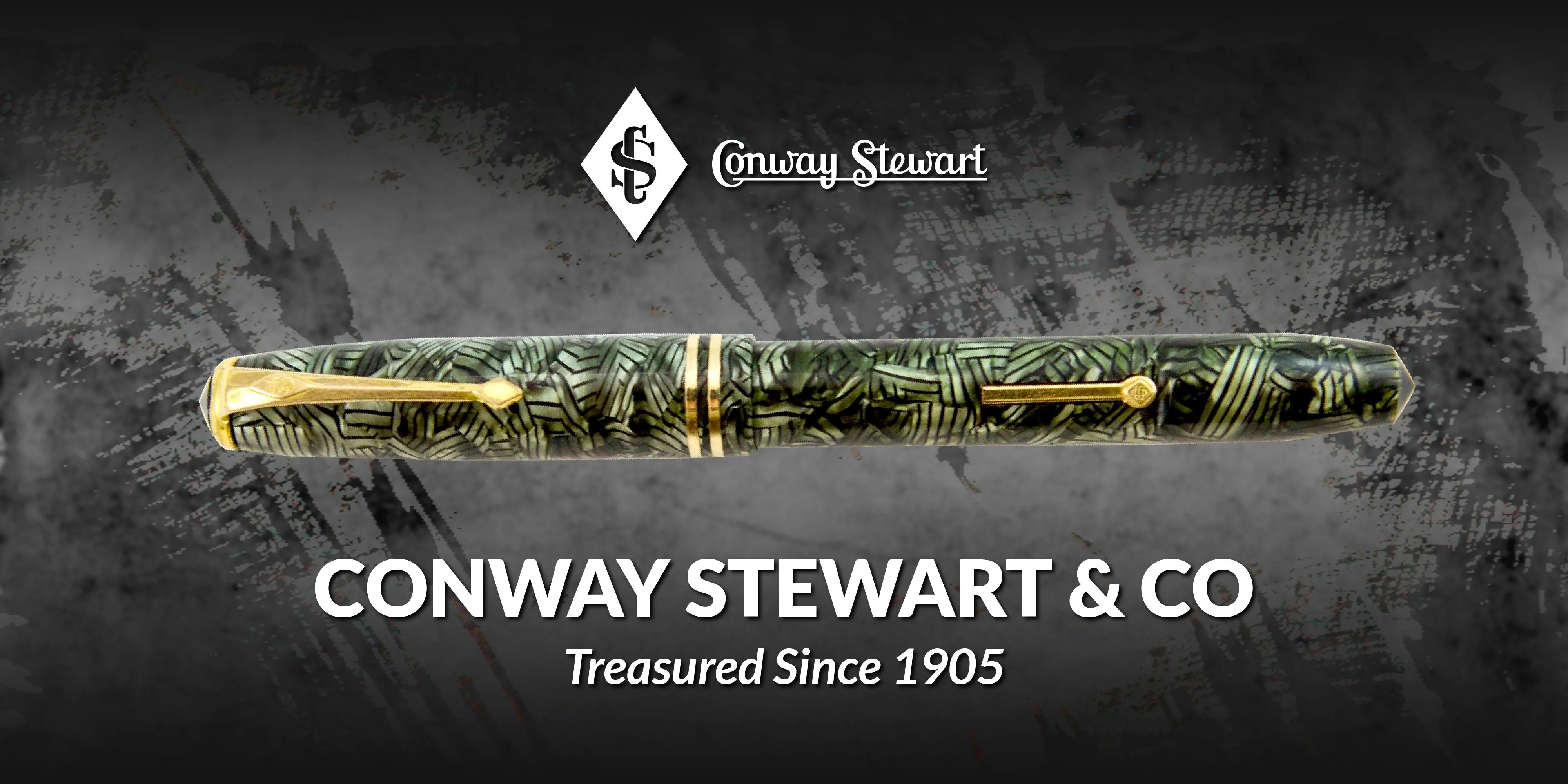
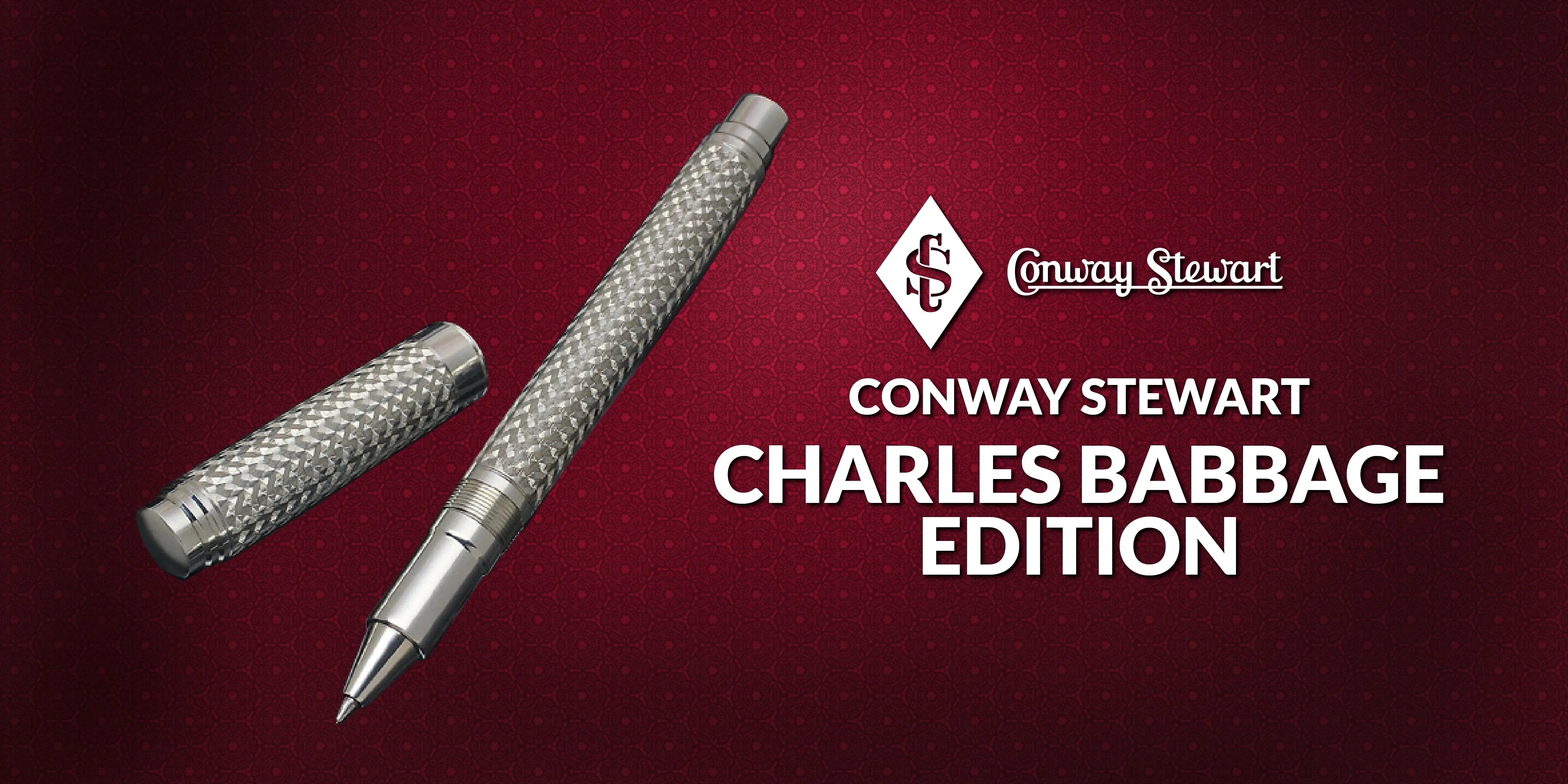
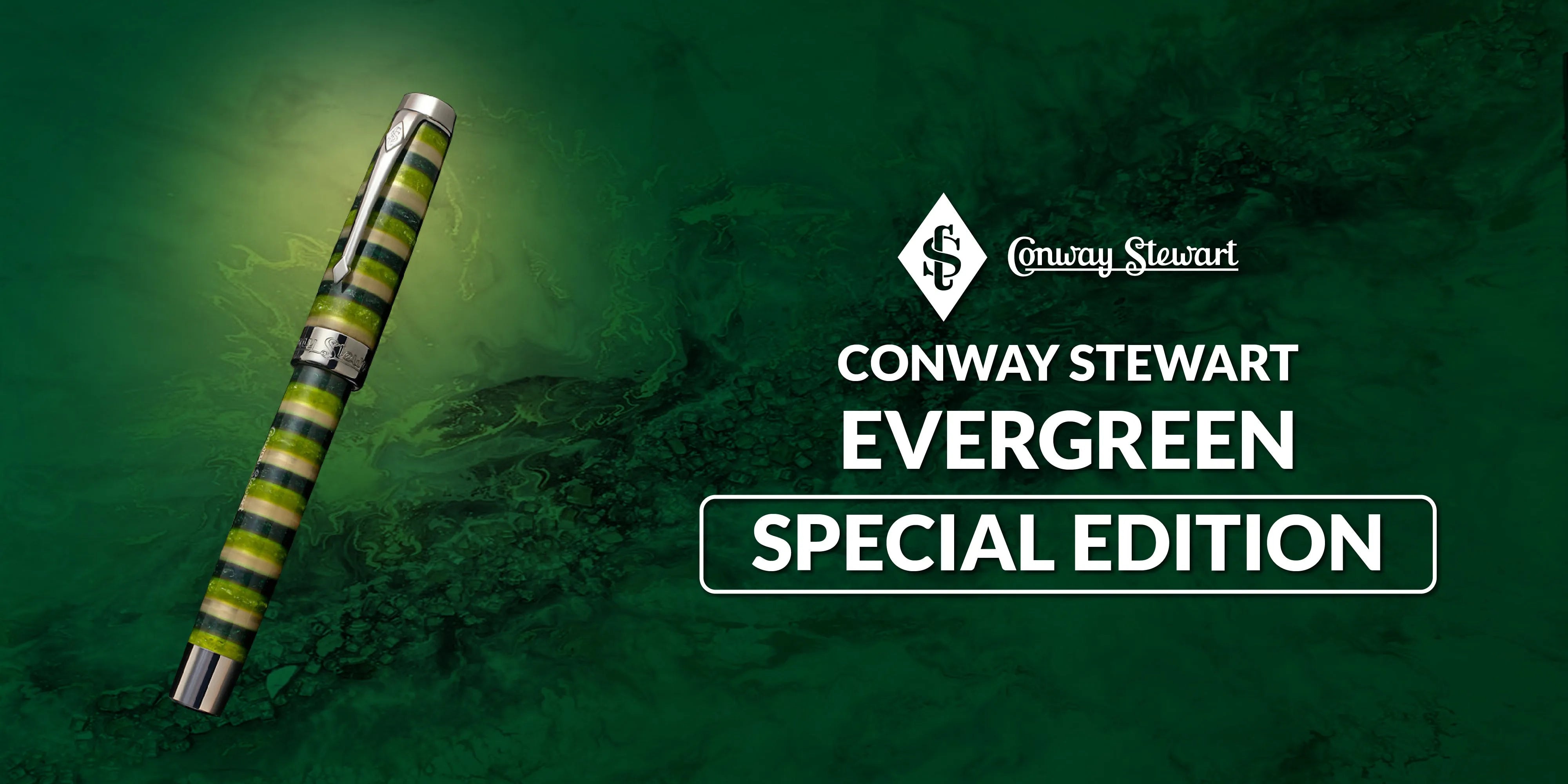
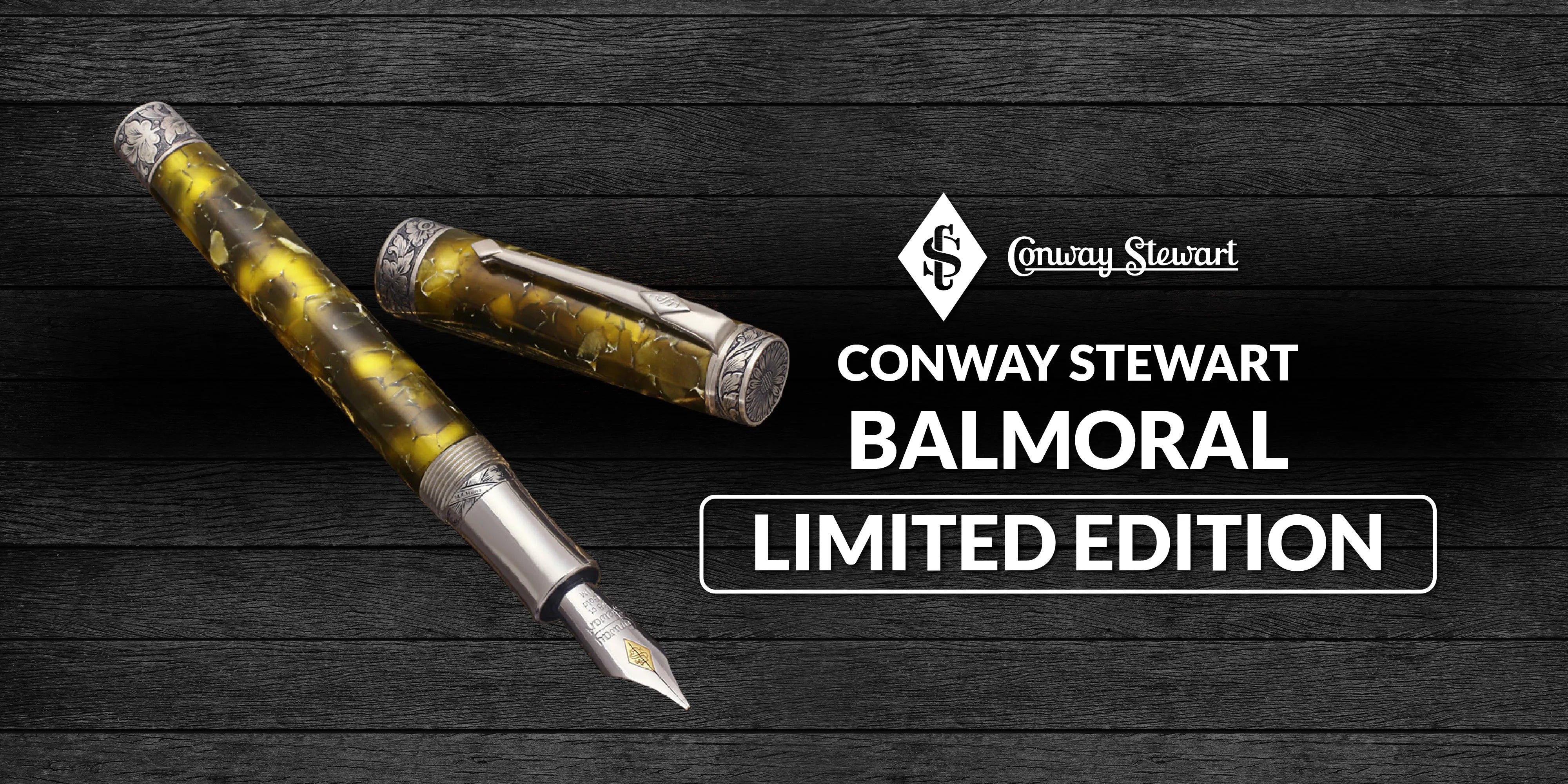
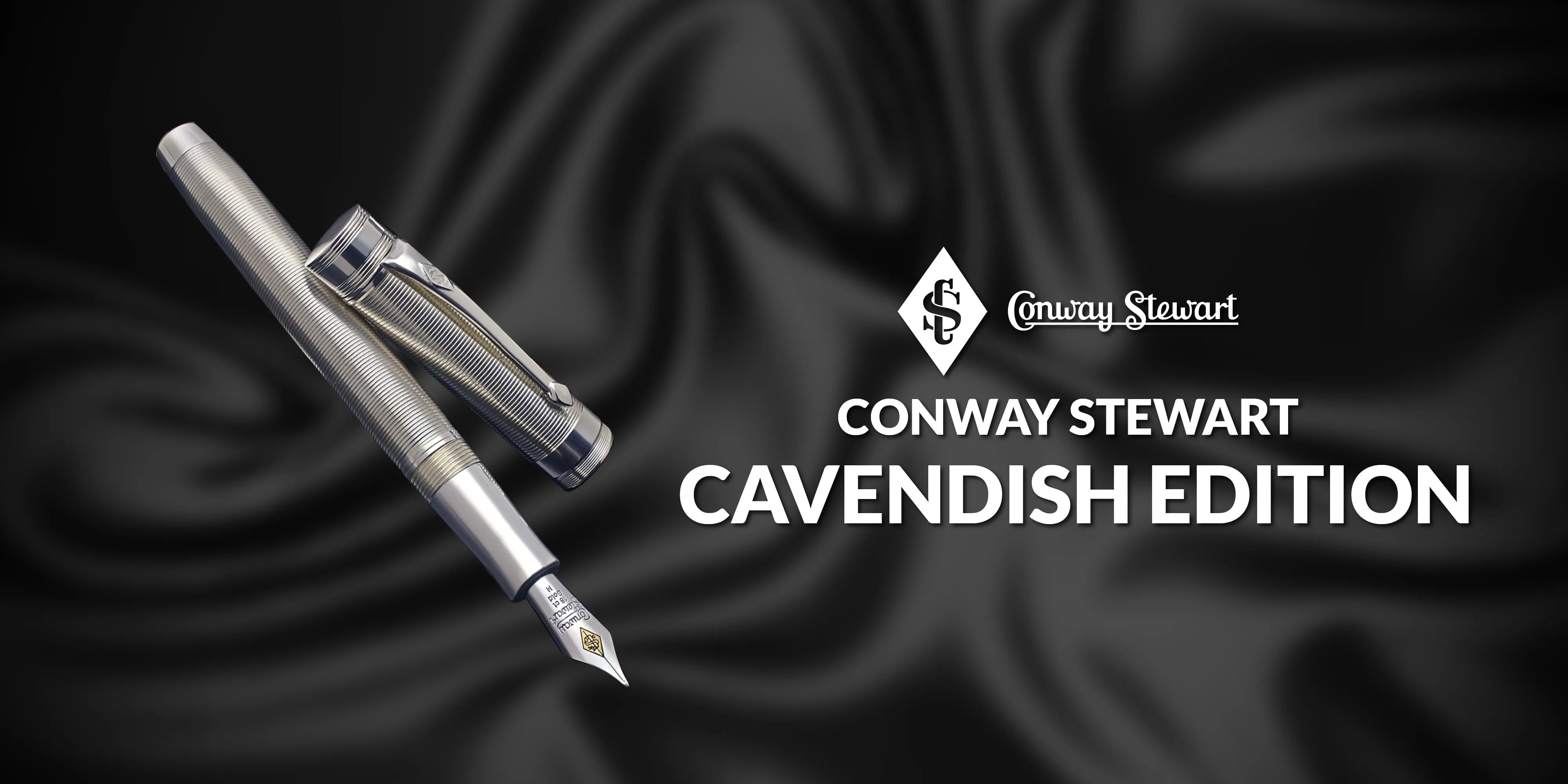
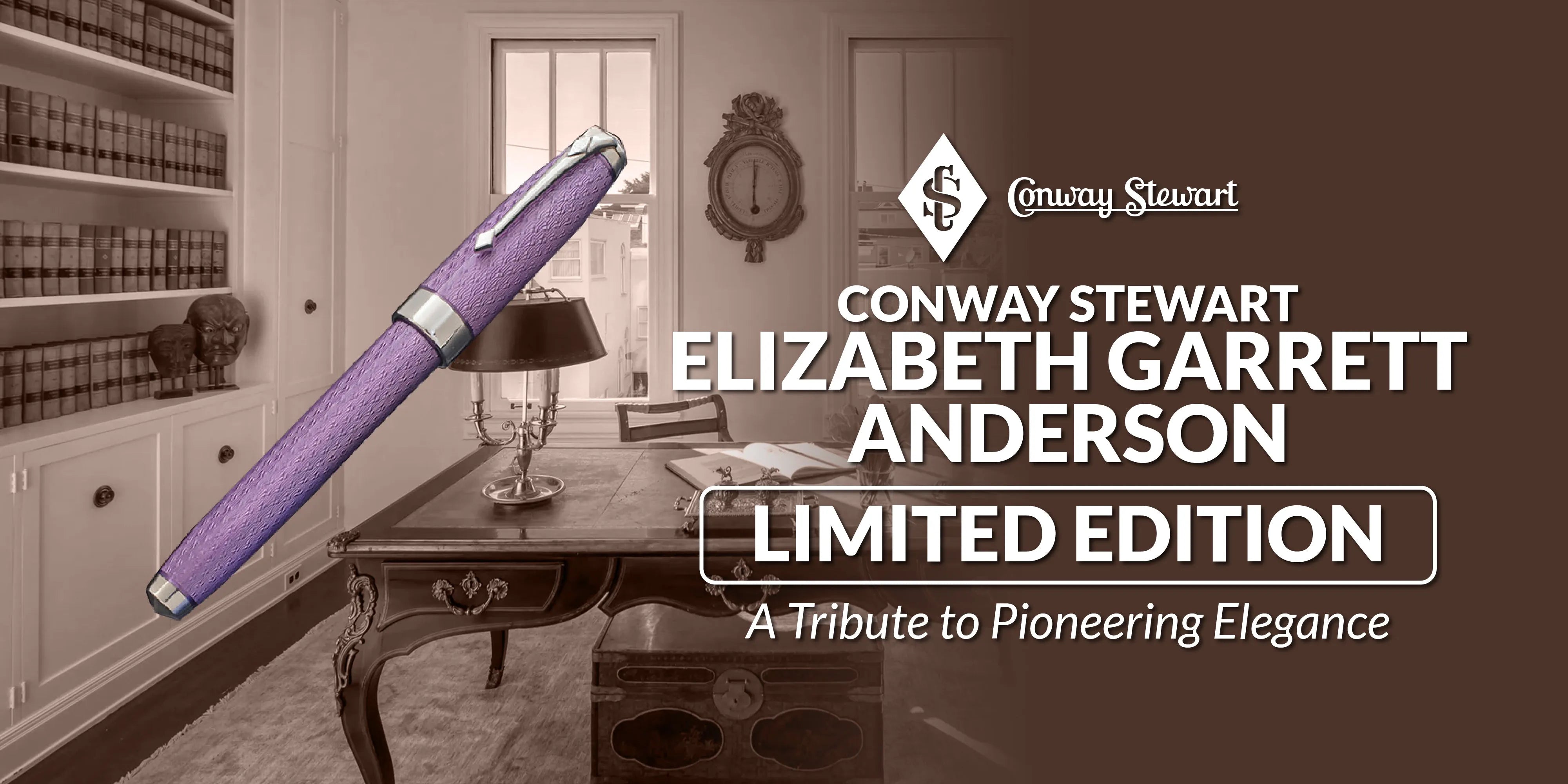
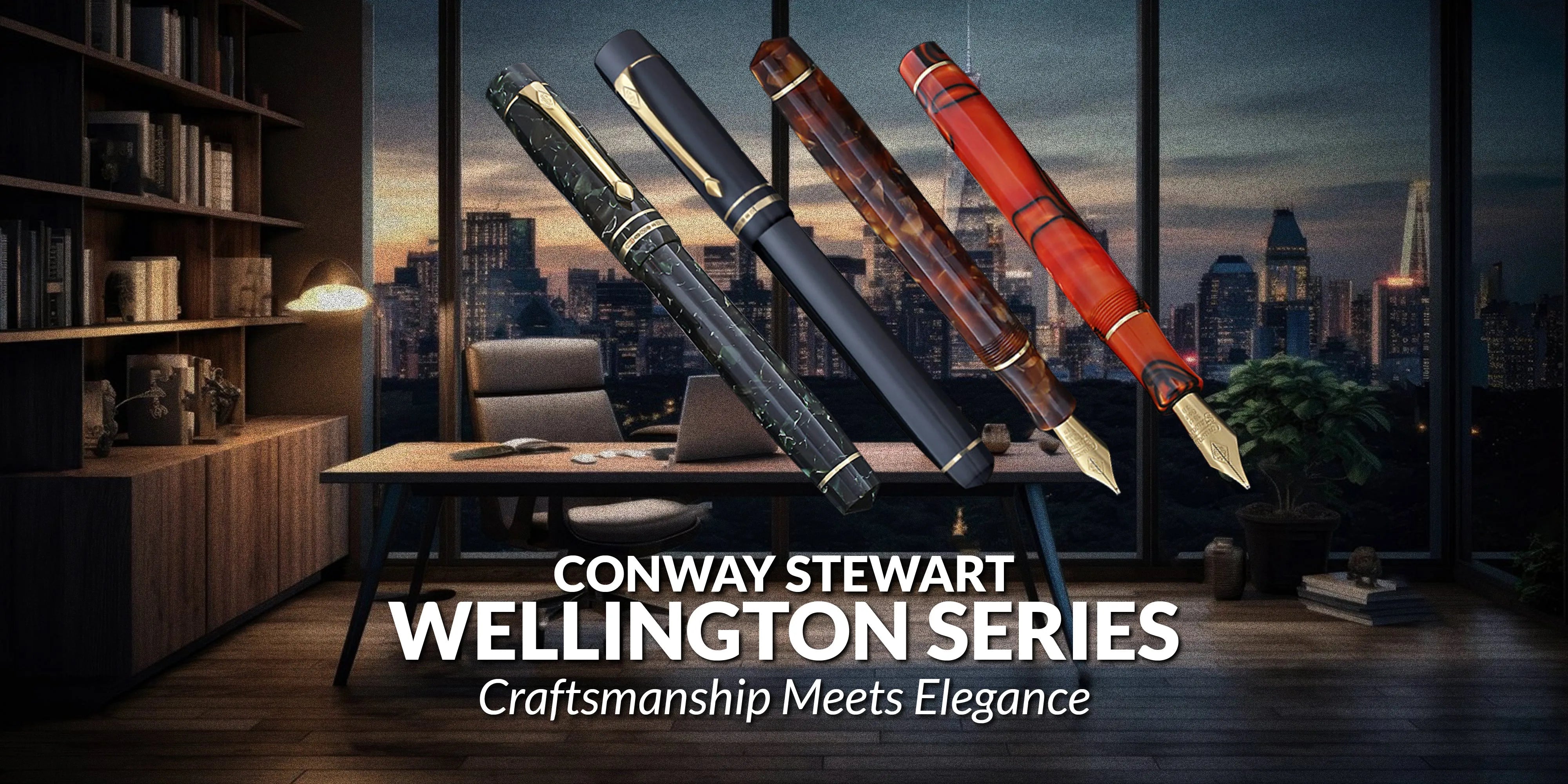

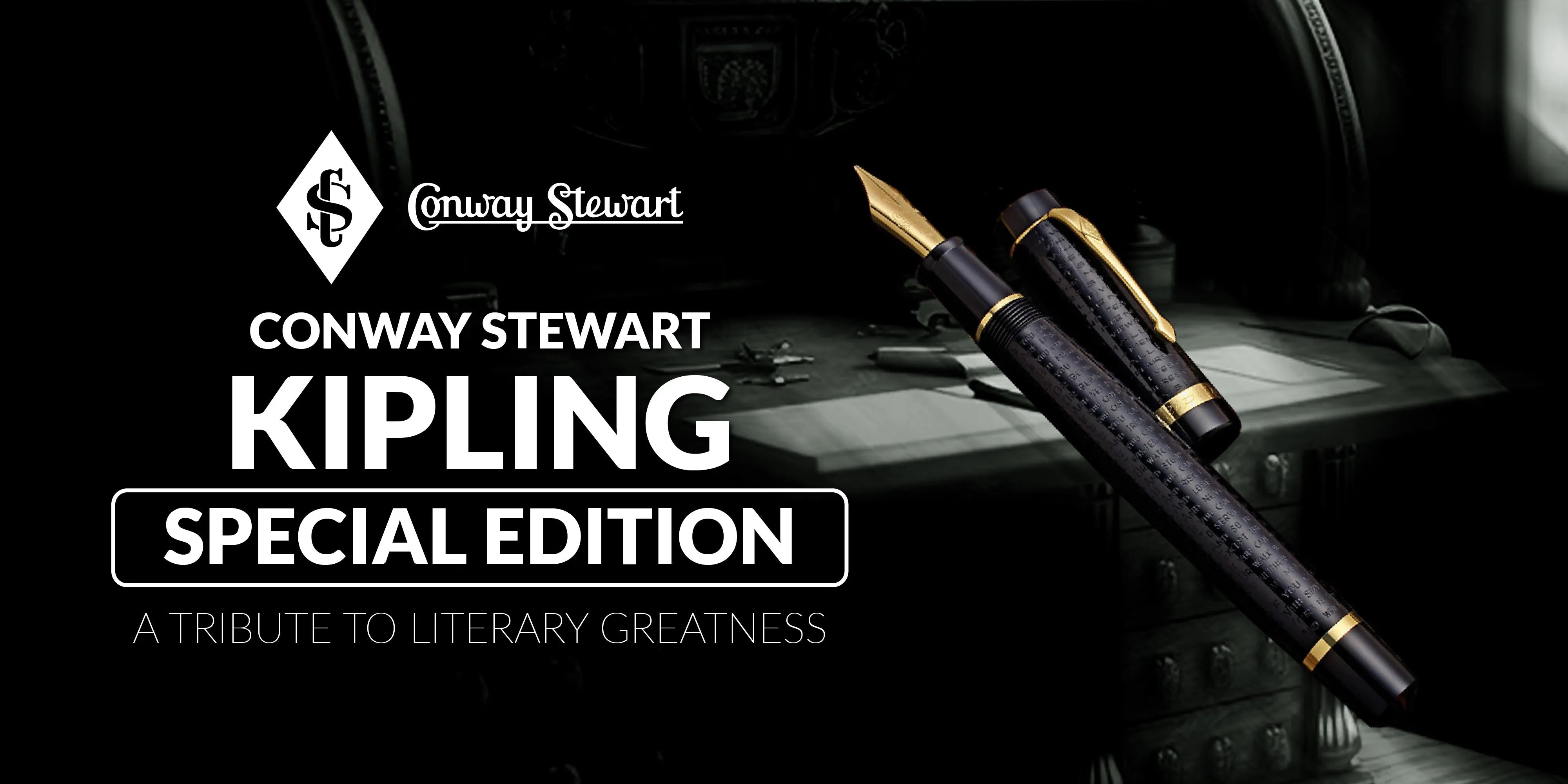
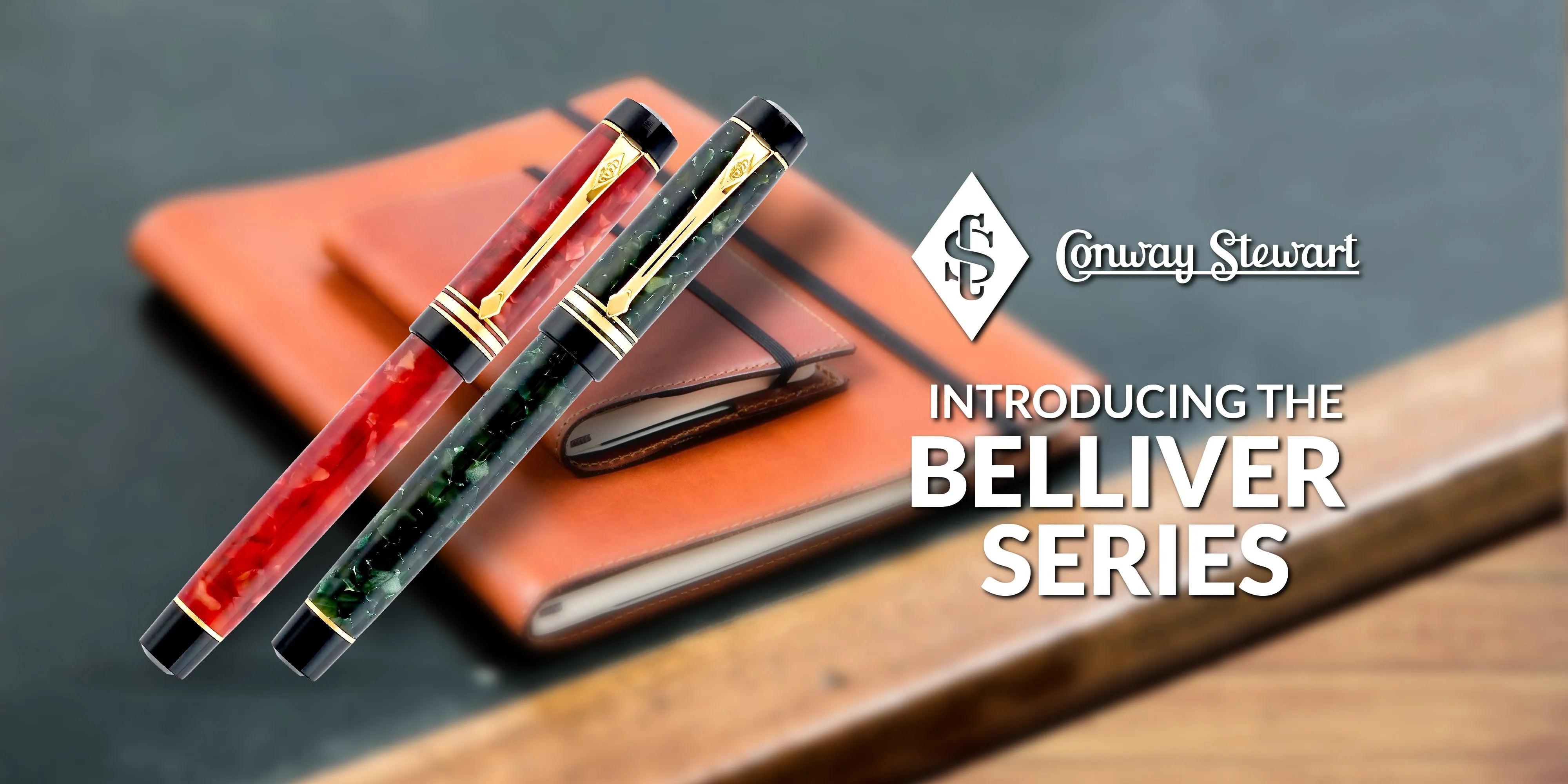

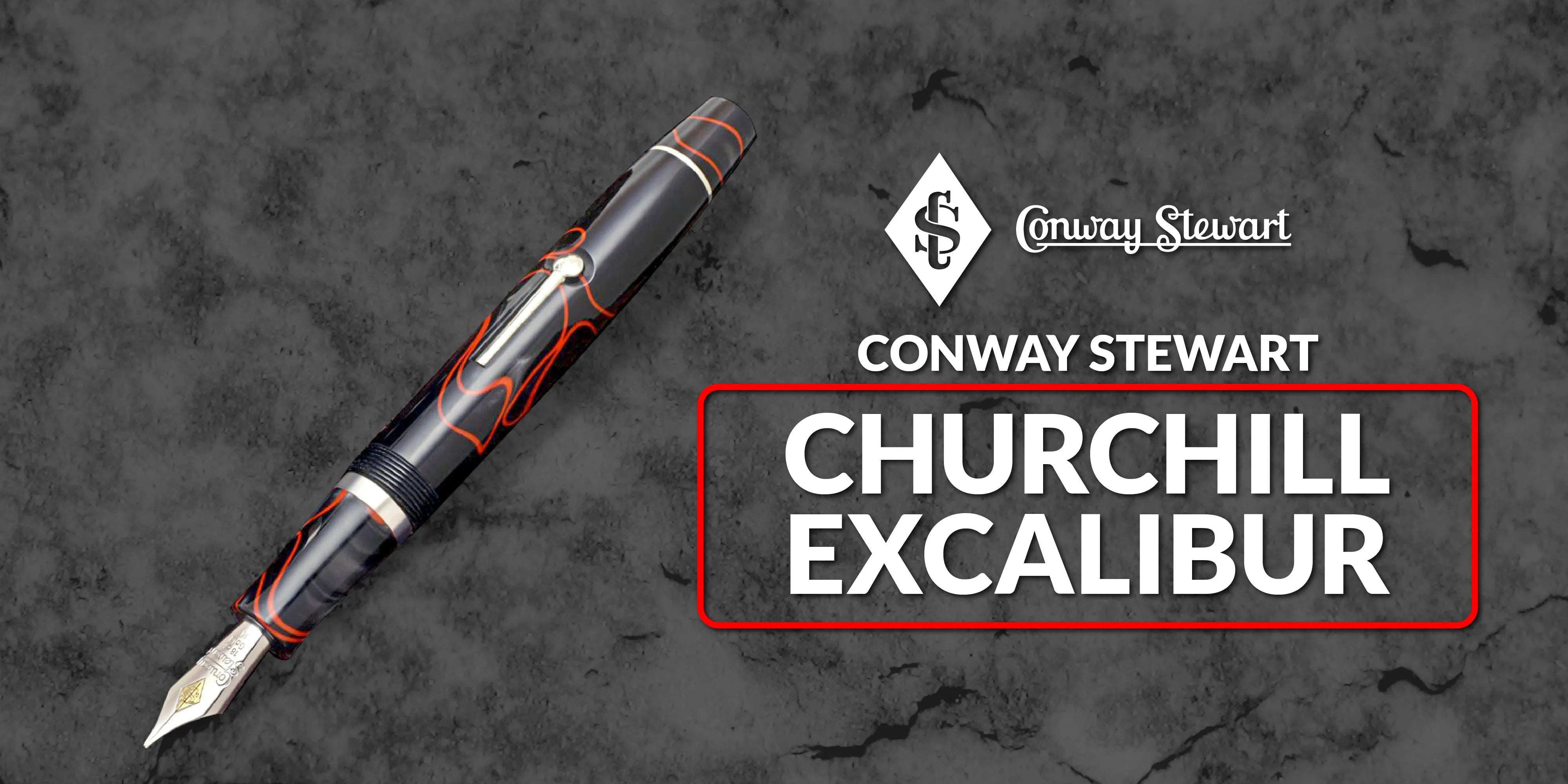
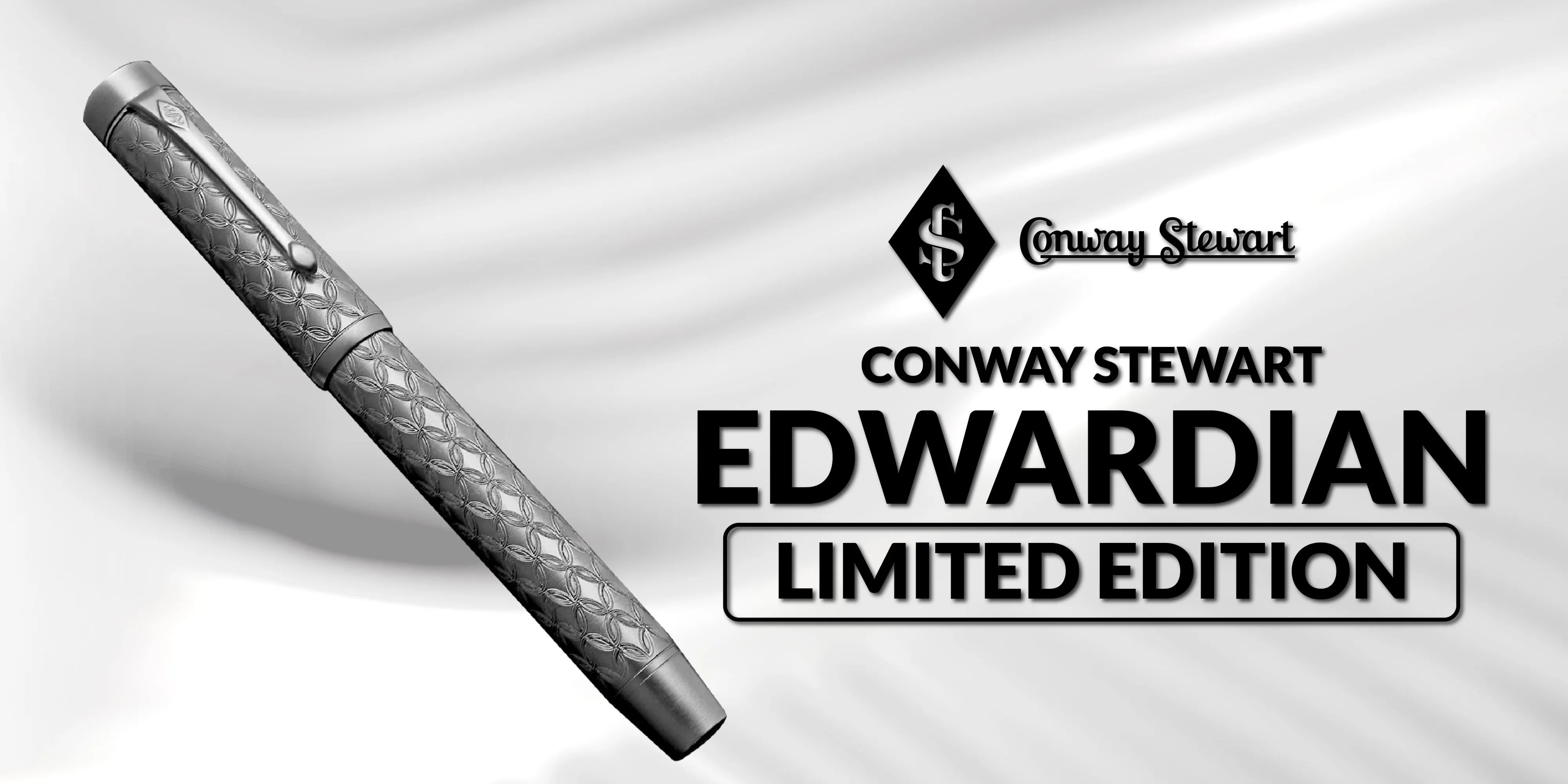
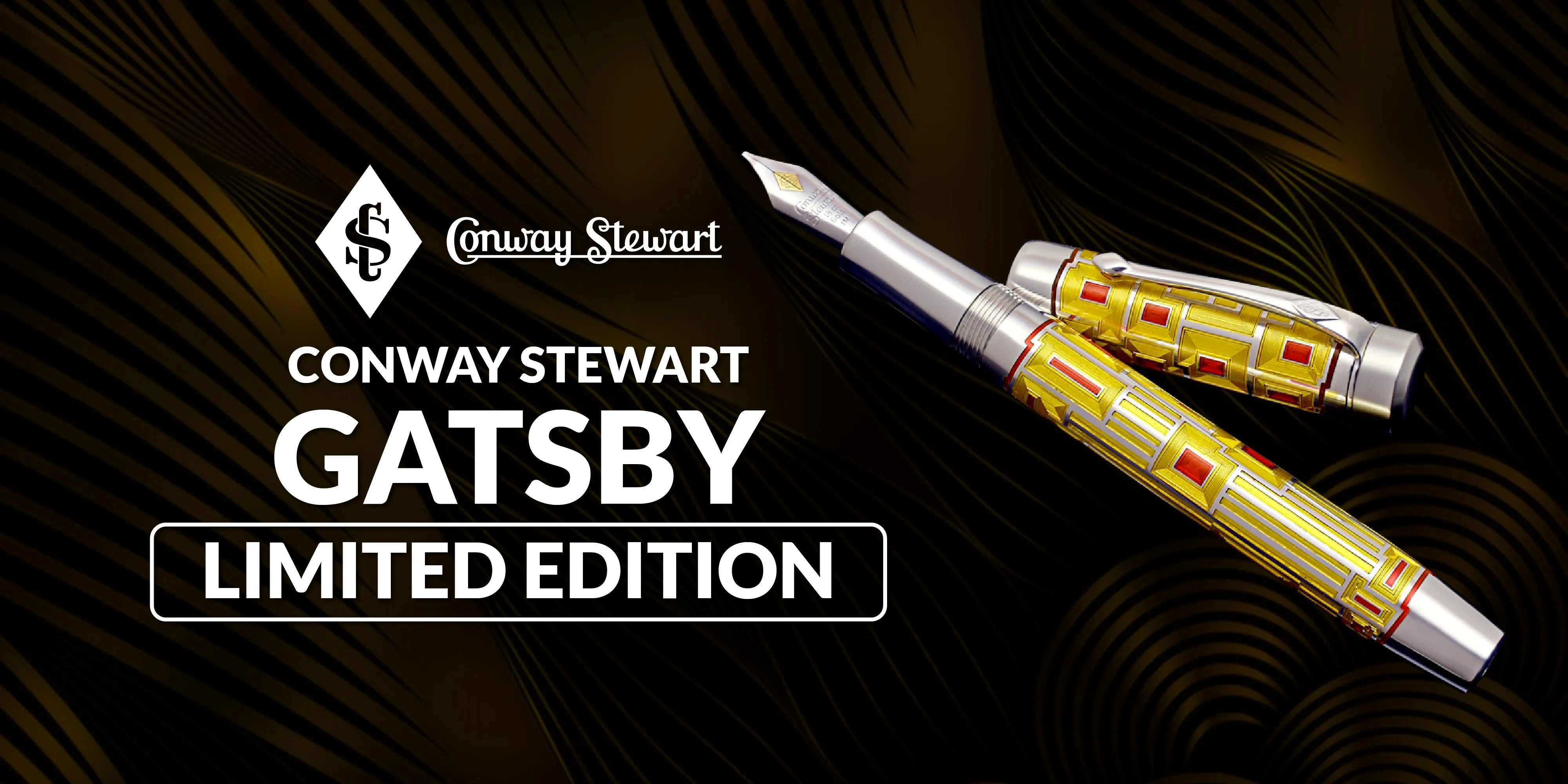


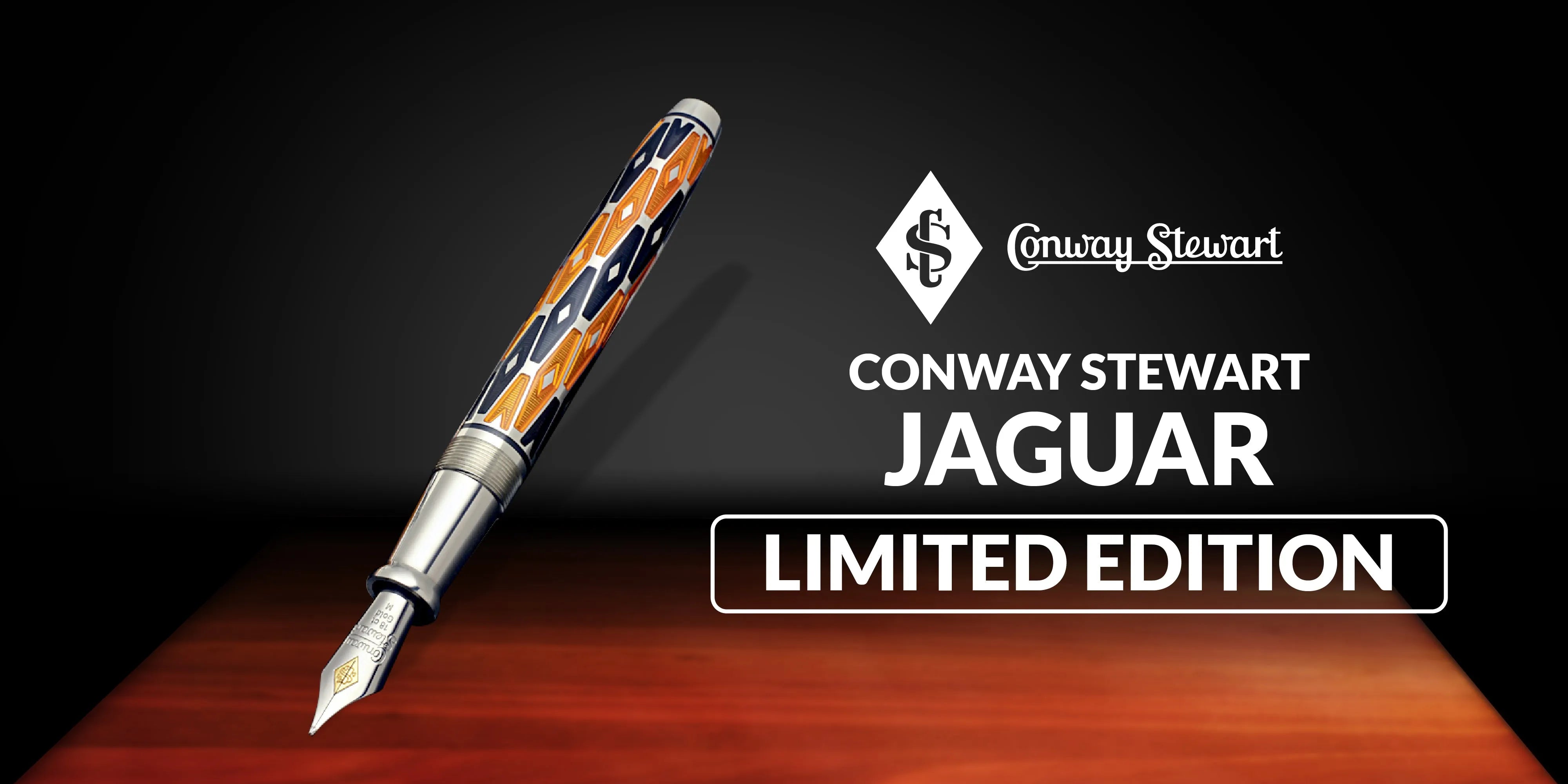

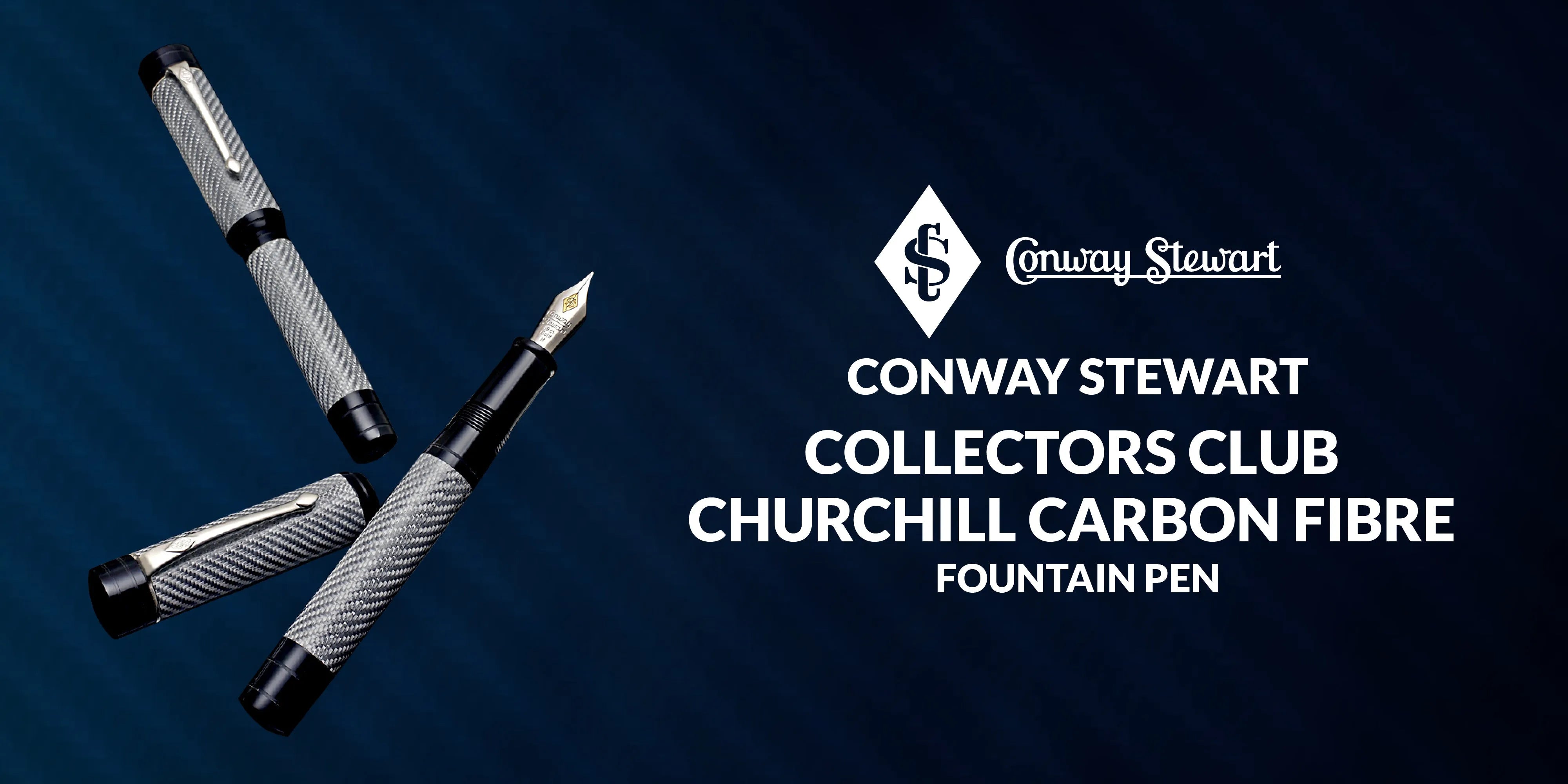
Leave a comment